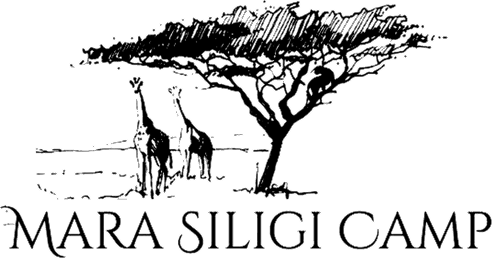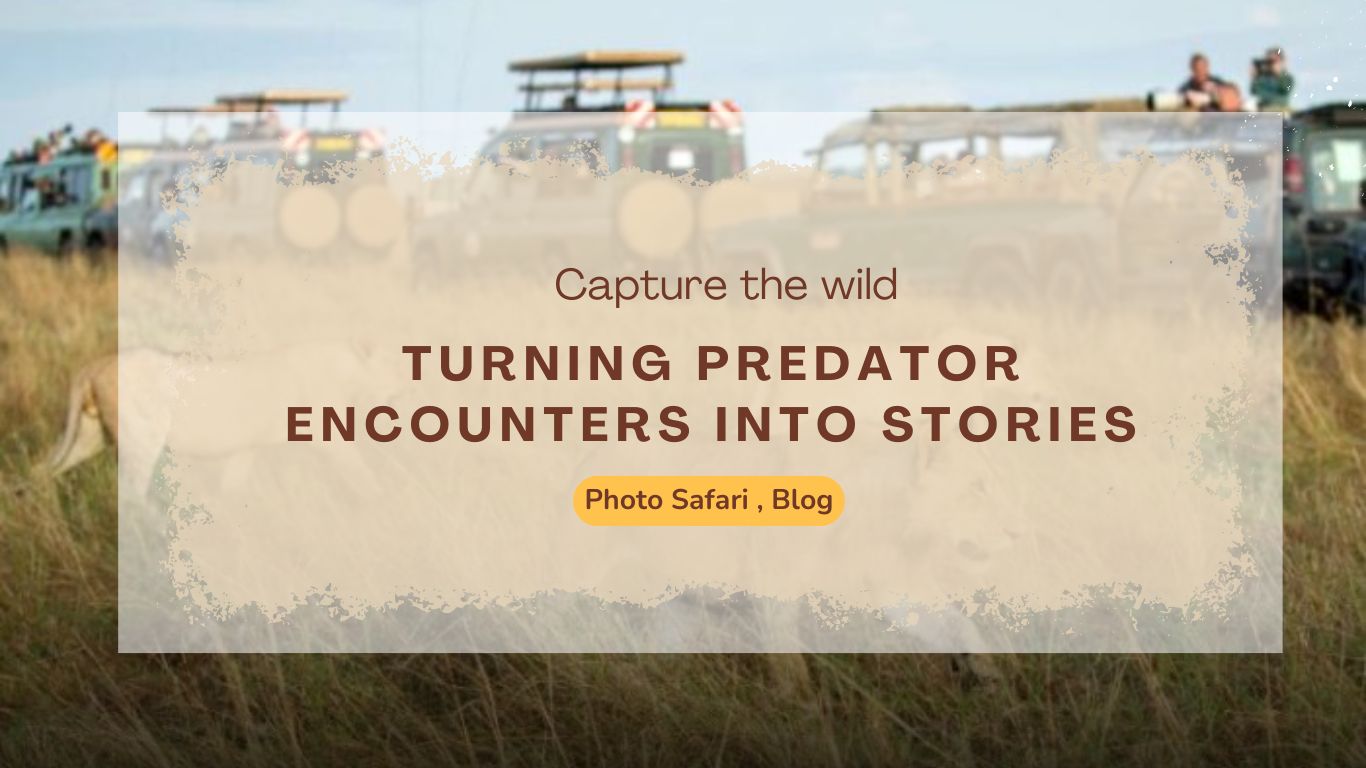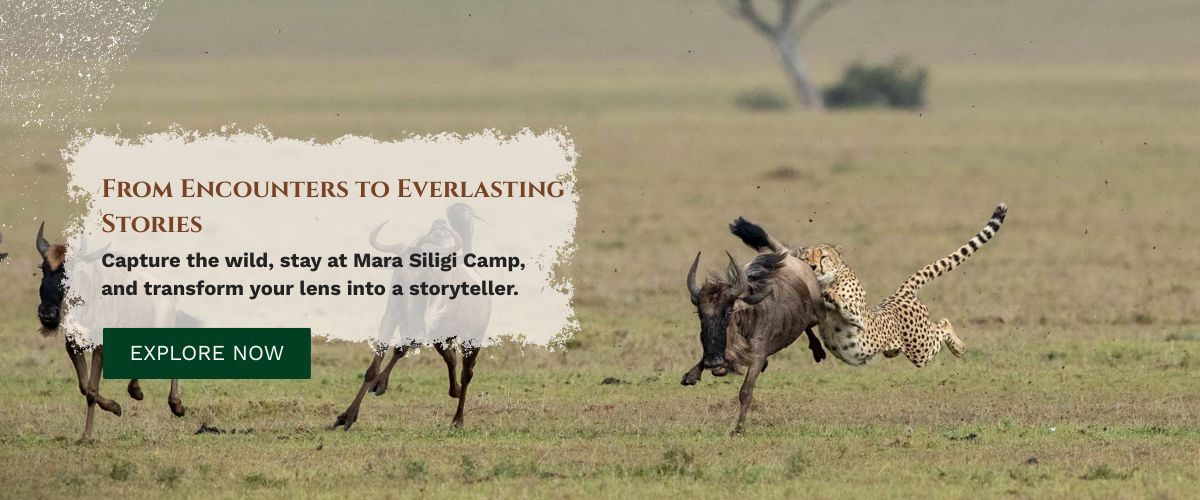Masai Mara Photography Tour
If you’ve ever dreamed of photographing Africa’s most magnificent predators in their natural habitat, a Masai Mara photography tour is your ultimate adventure. From the stealthy leopard hiding in the grass to a cheetah sprinting across the plains, every encounter is a story waiting to be captured through your lens.
Staying at a well-located camp, like Mara Siligi Camp, gives you the perfect base to explore predator hotspots, catch golden hour light, and review your shots in comfort. On this journey, you’re not just taking photos — you’re turning fleeting moments into narratives that live forever.
Here’s how to make the most of your predator encounters and craft stories that truly reflect the drama, emotion, and beauty of the Mara.
Table of Contents
- The Power of Predator Encounters in Masai Mara Photography Tours
- Seeing the Story Behind Every Predator Moment
- Capturing the Chase: Turning Action Into Art
- Framing Emotion: The Silent Stories Predators Tell
- The Role of Light and Timing in Storytelling Photography
- Choosing the Right Masai Mara Photography Tour Package
- Why Mara Siligi Camp Is Every Photographer’s Masai Mara Camp
- Essential Tips to Craft Predator Stories Through Your Lens
- Final Thoughts: From Encounters to Everlasting Stories
The Power of Predator Encounters in Masai Mara Photography Tours
The Masai Mara isn’t just a destination — it’s a living theatre where predator encounters become unforgettable visual stories. On your Masai Mara photography tour, every moment is more than just a picture; it’s a mix of emotion, drama, and the raw pulse of the wilderness.
That’s what makes Masai Mara photography tours so unique. You’re not merely observing wildlife — you’re learning to read its rhythm and translate it into compelling, powerful images. Every glance, every pause, every chase is an opportunity to capture a story that’s yours to tell.
When a lion pride moves in silence before a hunt, or a cheetah explodes into motion across the golden plains, you capture not just action but instinct, grace, and survival. Even a fleeting glance from a stealthy leopard can convey a story full of tension and beauty.
Each frame you take becomes part of a larger narrative, connecting you to nature’s raw truth — the very essence of what makes a Masai Mara photography tour package and a stay at a thoughtfully located camp, Mara Siligi Camp, truly unforgettable.
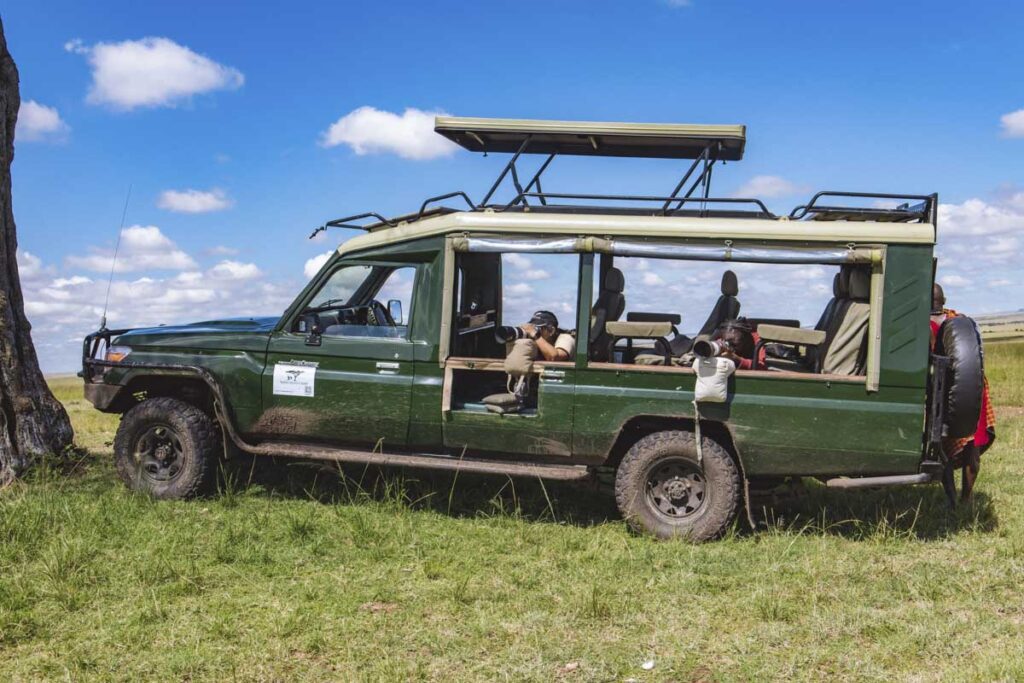
Seeing the Story Behind Every Predator Moment
On a Masai Mara photography tour, every predator encounter teaches you to look deeper — to see beyond the surface of the action. You begin to understand that a predator’s stare, the flick of a tail, or a single pause before the leap isn’t random — it’s part of a larger story unfolding in real time.
These subtle gestures form the essence of wildlife storytelling — the difference between a simple photo and a frame that makes people feel.
To capture stories, not just shots:
- Observe before shooting. Watch how the predator moves, waits, and connects with its surroundings.
- Anticipate emotion. A lion’s patience, a cheetah’s burst of focus, or a leopard’s stealth — each action reveals intent.
- Frame the context. Include the grasslands, the dust, and the distant gaze of prey. That’s where the story breathes.
A single glance between predator and prey can hold more drama than the chase itself. When you shoot with that awareness, your Masai Mara photography tour becomes more than a trip — it becomes a journey into storytelling through your lens.
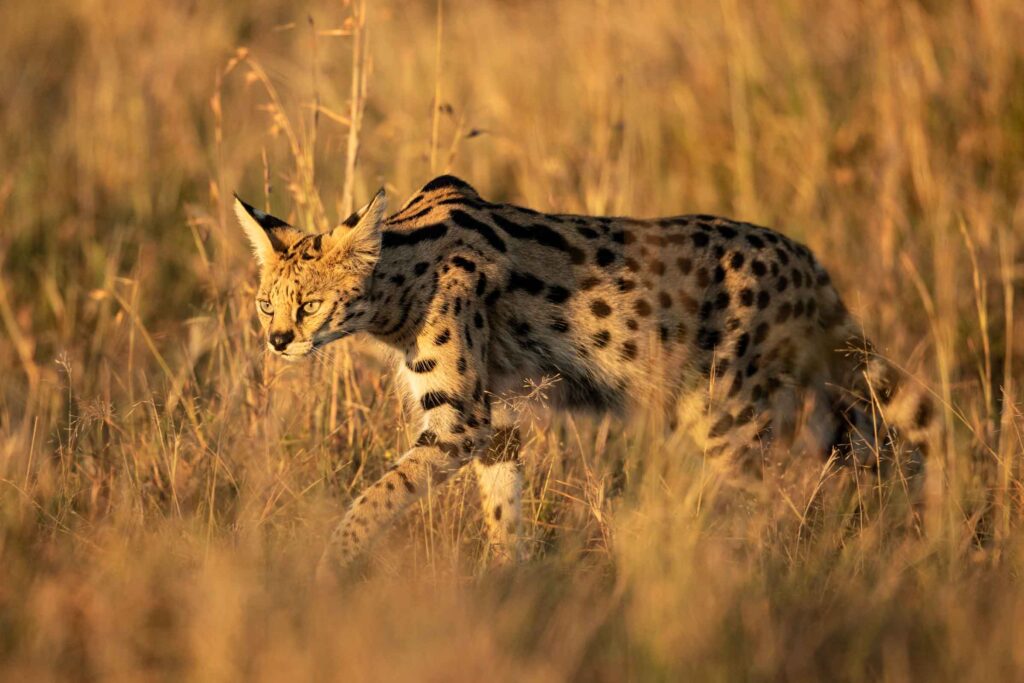
Capturing the Chase: Turning Action Into Art
There’s nothing like the thrill of a predator chase in the Masai Mara. Dust rises, muscles tense, and speed turns the plains into your stage — all in just seconds. On your Masai Mara photography tour, these are the moments that become your story.
When you stay at Mara Siligi Camp, you’re perfectly placed to catch these encounters. Capturing the chase isn’t about shooting nonstop — it’s about timing, patience, and letting the story unfold naturally in front of you.
Here’s how you can turn predator action into art:
- Use burst mode to capture every decisive moment.
- Focus on the eyes — they give your photos life and emotion.
- Pan smoothly to follow the motion; a little blur adds cinematic drama.
- Start wide, then zoom to catch the details that make your story yours.
When you review your shots, you’ll see the full story emerge — the buildup, the climax, and the calm afterward. On your Masai Mara photography tour with Mara Siligi Camp, every predator encounter becomes a narrative you’ll treasure.

Framing Emotion: The Silent Stories Predators Tell
Not every story in the Masai Mara roars — some whisper. On your Masai Mara photography tour, you’ll discover that the most powerful predator moments aren’t always in action. A lioness grooming her cubs after a hunt, a cheetah resting under an acacia tree with eyes alert, or a leopard glancing at you through the grass — part curiosity, part caution — these quiet moments are yours to capture, and they hold deep emotion.
These still moments are what make Masai Mara photography tours truly extraordinary. They allow you to tell stories beyond the chase, showing the subtle instincts, bonds, and expressions of Africa’s most magnificent predators.
To frame these silent predator stories:
- Shoot from eye level to create intimacy and make your viewers feel like they’re right there with you.
- Use soft light — early morning or late evening brings out emotion without harsh shadows, ideal for storytelling photography.
- Focus on details — eyes, scars, whiskers, and dust on fur add context and depth to your predator portraits.
Storytelling in wildlife photography isn’t only about action; it’s about empathy. When you capture what the predator feels, your photos don’t just record a moment — they become timeless narratives from your Masai Mara photography tour, uniquely yours.
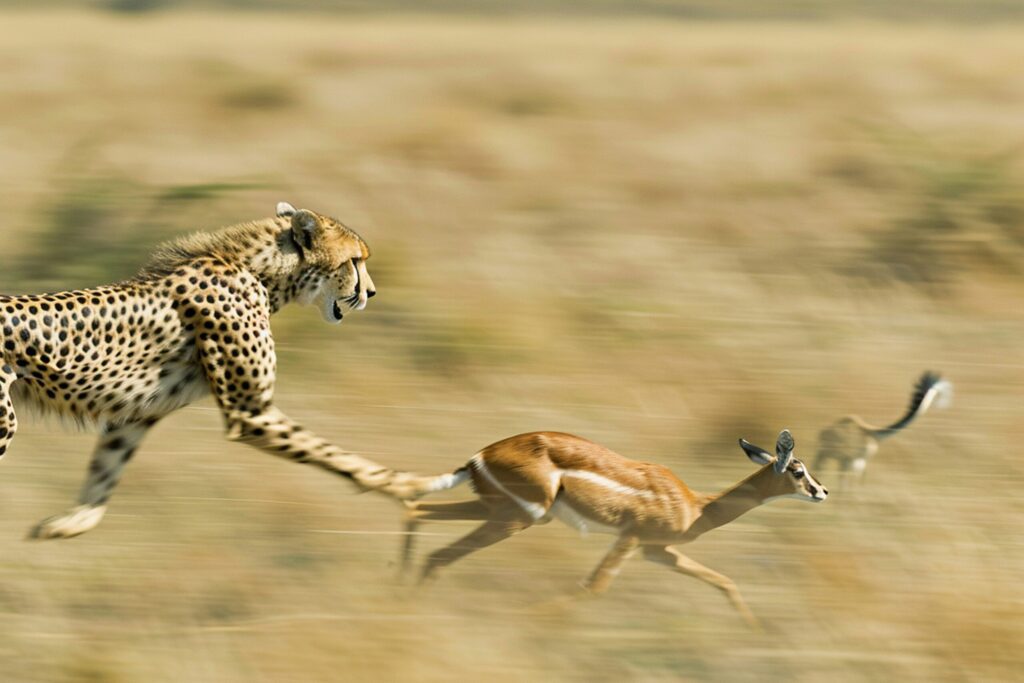
The Role of Light and Timing in Storytelling Photography
Light is your invisible storyteller, and on your Masai Mara photography tour, it can make or break your predator shots. In the Mara, light changes quickly — and with it, the mood of your story. Morning light bathes lions, leopards, and cheetahs in soft gold, midday harshens contrasts, and dusk adds mystery and drama to every frame.
To master light and timing during your Masai Mara photography tour package, here’s what you should keep in mind:
- Plan for the golden hours — sunrise and sunset provide the richest, most cinematic light for capturing predator encounters.
- Position yourself strategically — keep the sun behind you for warm, natural tones that enhance every detail of your subject.
- Use shadows creatively — they add depth, texture, and drama to your wildlife storytelling.
- Be patient — sometimes waiting just a few minutes for the perfect light transforms an ordinary shot into a masterpiece.
On your Masai Mara photography tour with Mara Siligi Camp, learning to read and use light will elevate your images. Predator stories aren’t just about movement or action — they’re written in light, and when you capture it right, your photos will speak volumes and tell stories that are uniquely yours.
In the Mara, every predator encounter is a story waiting to be told — your lens is the storyteller.
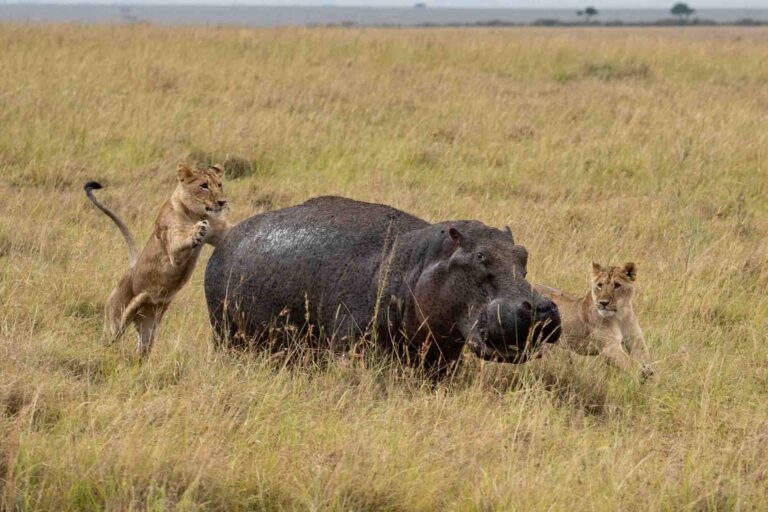
Choosing the Right Masai Mara Photography Tour Package
The right Masai Mara photography tour package can turn your trip from good snapshots into unforgettable wildlife stories. On your tour, you want more than just sightseeing — you want time, flexibility, and expert guidance that lets you capture predator encounters exactly as they unfold.
When choosing your tour, look for options that offer:
- Small groups — giving you better shooting angles and uninterrupted opportunities for predator photography.
- Professional wildlife photography guides — experts who understand predator behavior and know how to position you for the best shots.
- Customizable schedules — allowing you to focus on sunrise and sunset drives, when light and predator activity are perfect for storytelling.
- Open 4×4 vehicles — designed for stability, comfort, and unobstructed views, so you can fully immerse yourself in the experience.
A great Masai Mara photography tour with Mara Siligi Camp isn’t rushed. It gives you the freedom to stay with a predator for hours, watch, wait, and capture your story naturally. When your tour is planned around your photography needs, every encounter becomes a chance to create images and narratives that are truly yours.
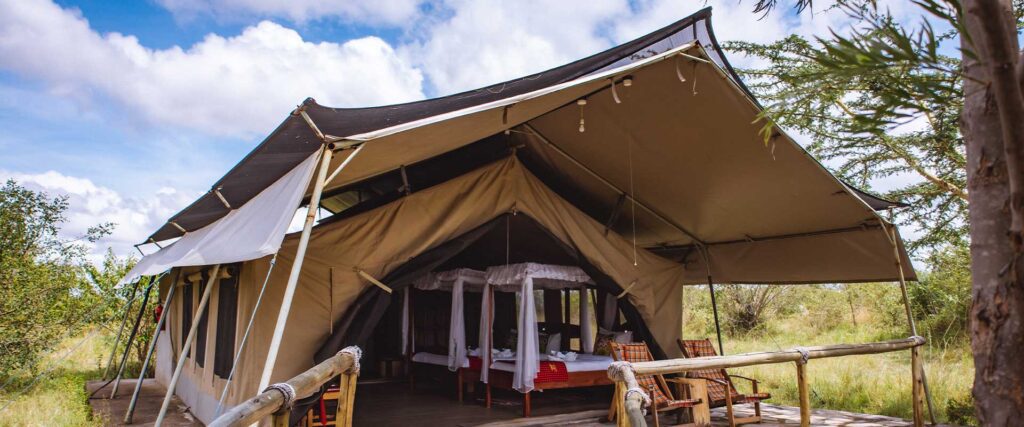
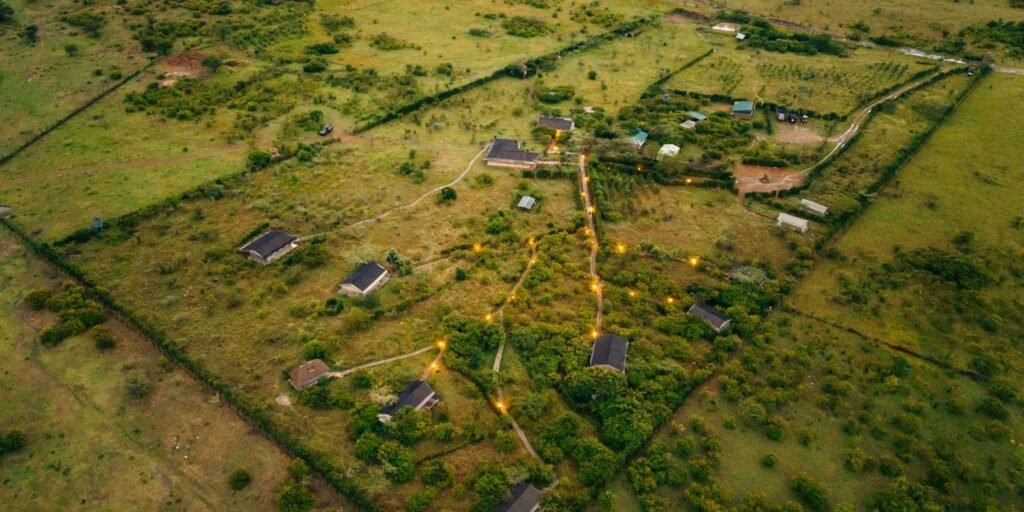
Why Mara Siligi Camp Is Every Photographer’s Masai Mara Camp
To capture the most compelling predator stories, you need to stay close to where the action happens — and that’s exactly what Mara Siligi Camp offers. Nestled in the heart of the Masai Mara, it’s designed for photographers like you who want comfort without losing your connection to the wild.
Here’s what makes Mara Siligi Camp the perfect base for your Masai Mara photography tour:
- Proximity to predator hotspots — lions, cheetahs, and leopards are often just minutes away, giving you prime opportunities for action shots.
- Spacious tents with panoramic views — perfect for reviewing your day’s wildlife photography and planning your next shoot.
- Ample charging and editing setups — so your gear stays ready, and you can process your shots conveniently.
- Evening storytelling sessions — share experiences and tips with fellow photographers, learning from each encounter.
After long days tracking predators in the Mara, relaxing by the campfire at Mara Siligi Camp with your camera in hand feels like closing a chapter of your own safari story. It’s not just a place to rest — it’s your creative hub, where every predator encounter you capture becomes part of your unique narrative.
Essential Tips to Craft Predator Stories Through Your Lens
On your Masai Mara photography tour, storytelling isn’t about control — it’s about connection. The best predator stories come to those who observe, anticipate, and let the moment unfold naturally.
Here are some essential tips to help you capture unforgettable predator encounters:
- Arrive early — the first light of dawn often reveals the most active predator behavior, giving you prime shooting opportunities.
- Watch for patterns — lions tend to hunt early, while leopards and cheetahs are more active at dusk. Knowing these rhythms helps you anticipate action.
- Think in sequences, not single frames — capturing the buildup, climax, and aftermath turns a photo into a story.
- Include the environment — the grass, sky, and dust create context and emotion, making your images richer and more immersive.
- Stay ethical — never disturb wildlife for a shot. Your respect ensures that the story remains authentic and sustainable.
Remember, your role on a Masai Mara photography tour with Mara Siligi Camp isn’t to create the story — it’s to listen, observe, and frame it truthfully. When you follow these tips, every predator encounter becomes a story uniquely yours
Final Thoughts: From Encounters to Everlasting Stories
Every Masai Mara photography tour gives you more than just photos — it gives you stories that live in your memory. Predator encounters teach you patience, timing, and respect, showing that every roar, chase, and moment of stillness carries meaning.
When you return home and review your shots, you’ll see they’re not just images — they’re chapters of nature’s most ancient tale. Choosing the right camp or hotel enhances your experience, placing you close to predator hotspots and providing a comfortable base to plan your shoots and review your work.
So pack your camera, book your Masai Mara photography tour package, stay at Mara Siligi Camp, and let your next predator encounter become a story the world remembers.
In the Mara, you don’t just take photos — you capture stories that live forever, and they’re uniquely yours
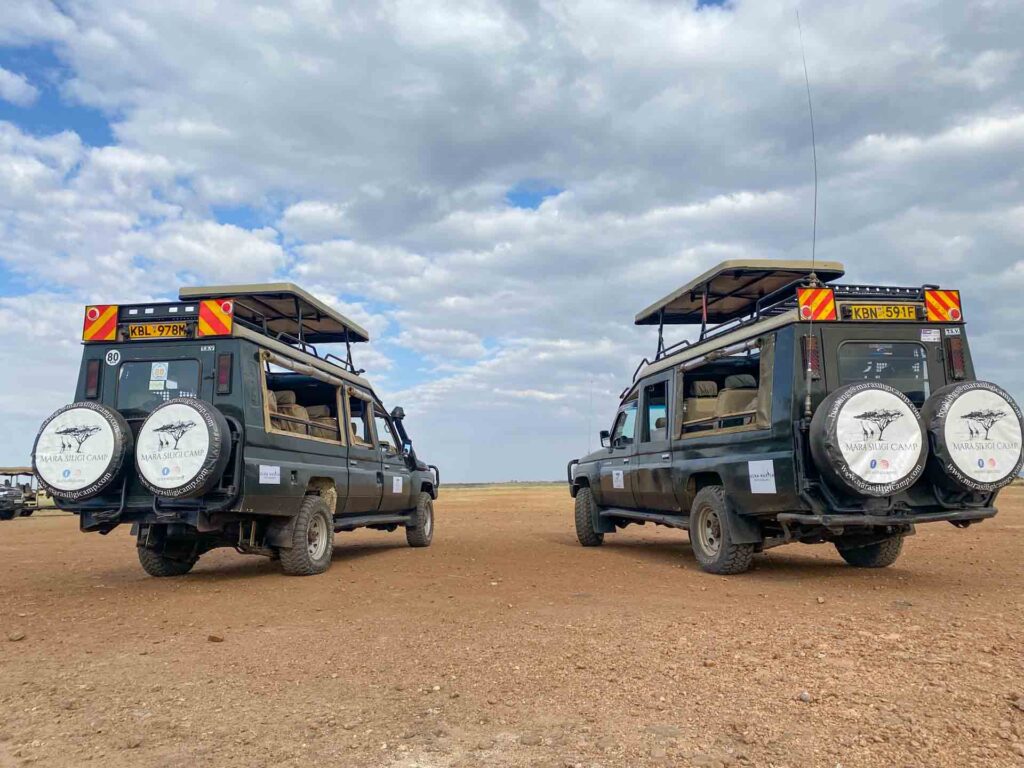
FAQs – Masai Mara Photography Tour Packages
Located near predator hotspots with spacious tents, editing setups, and photography-focused drives, Mara Siligi Camp is tailored for capturing stunning wildlife moments.
Yes! You can focus on predators, migratory herds, sunrise and sunset drives, or cultural experiences — all personalized to your style.
DSLR or mirrorless cameras with telephoto lenses, extra batteries, memory cards, a tripod or monopod, and protective gear for dust and rain.
